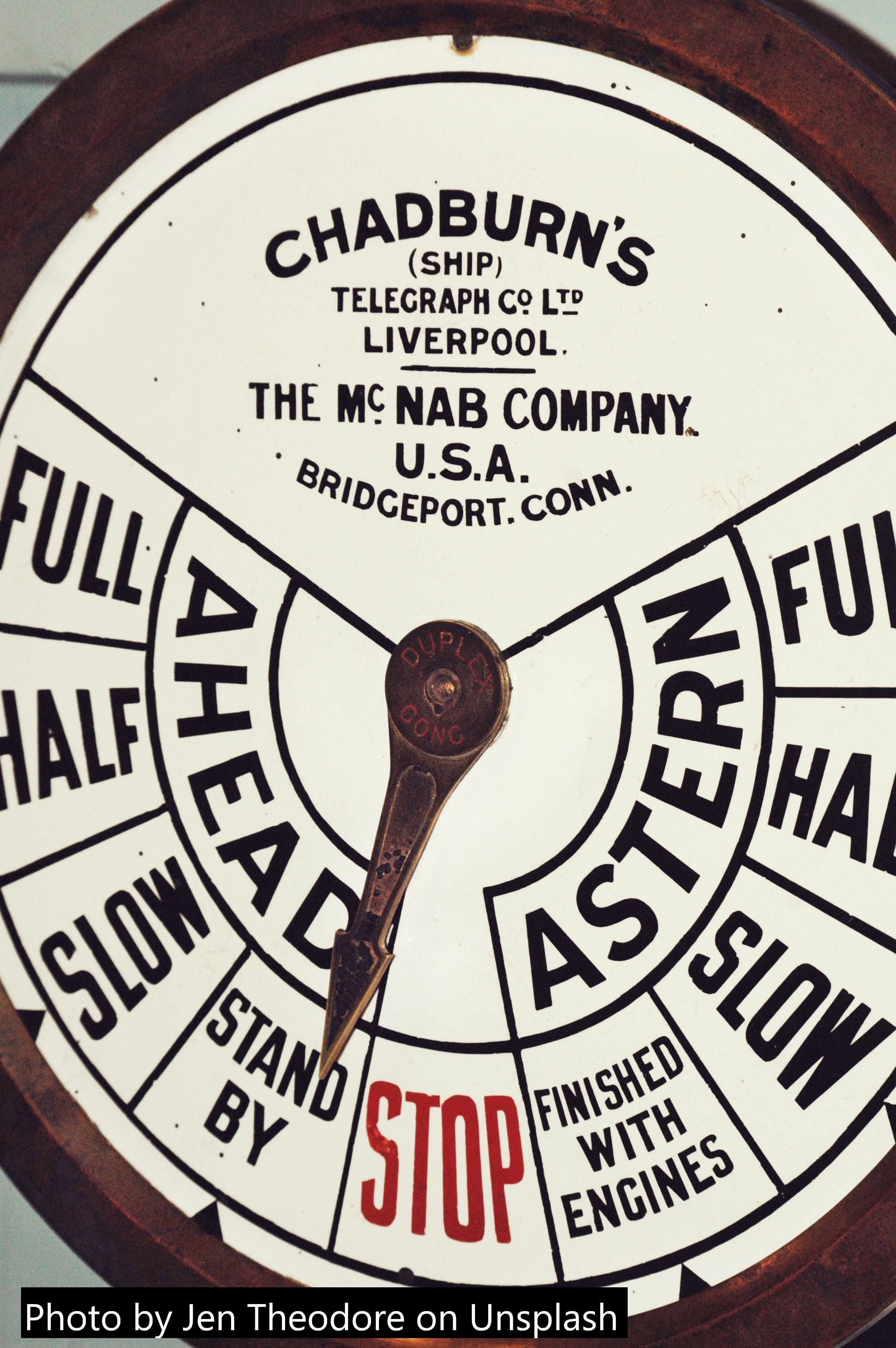
Marine Engineer: A Day in the Life - Part 2
A Day in the Life as a Engineer, Part-2 – What if you're NOT on Watch?
In Part 1 of this article, we discussed what life is generally like onboard mostly from the perspective of a 3rd Assistant Engineer (3 A/E) Watch-stander. We scratched the surface on what life is like on the Watch-rotation, what the daily schedule is, what standing a Watch entails, and what happens outside of working hours. With that said, can we expect the people who are supposed to be paying attention to the operation of the Engineering Plant to get into big maintenance projects and other tasks requiring full attention? Of course not. This is where the 'Day working' side of engineering comes in. For more about the career, see our guide on what do marine engineers do and how to become a merchant mariner.Do ALL ships have Dayworkers?
The short answer to this question is YES! All ships have dayworkers, but not all ships have Watch-standers. What do I mean by this? Well, in previous articles, I had briefly gone over the fact that, depending on how the engineering plant is set up on a ship, there may or may not be a requirement for people to stand Watches.
Advances in technology over the years has allowed for the development and implementation of complex alarm and monitoring systems to be incorporated into the design of engineering plants. This allows for sensors and gauges to transmit various pressures and sensor information back to a centralized computer, which then takes that information and displays it on various computer screens and gauges.
The Dayworker
Enter the Dayworker. On a typical ship, the workday starts early, around 5 AM or so, and ends late, around 8 PM, roughly. This does include coffee breaks (10-15 minutes), lunch breaks (1hr), and Overtime (3-4 hours). During this workday is when preventative and corrective maintenance is accomplished. For more on ship maintenance, see our article on ship maintenance periods and for more on marine diesel engines, see our article on marine diesel engines.
The Duty
If a ship has an Unmanned engine room, do people just not pay attention to the Engineering machinery when everybody knocks-off for the day in the evening? NO! That would not only be dumb, but it would be dangerous. Therefore, when the engine department knocks off for the day, there is ALWAYS a 'Duty Engineer' that is responsible for making engineering rounds of the Engine room.
Conclusion
In this article, we went over what a Duty Engineer is and what is required of a Duty Engineer. Remember, the duties and responsibilities of a Duty Engineer are not set in stone. Each ship and employer are different with what they require of a Duty Engineer, bust most will follow similar guidelines as they do not have that much latitude due to how heavily regulated the industry is regarding such requirements. For more about the day-to-day work, see our article on what do marine engineers do on a daily basis.
Share This Article
Related Articles
Continue reading with these related articles

Post
A Day in the Life of a Marine Engineer: Part 1
Follow a marine engineer through their daily routine, from watchkeeping to maintenance tasks and emergency procedures.

Post
What Do Marine Engineers Do On A Daily Basis?
Learn about the daily life of a Marine Engineer, including watch standing, day working, and life at sea from a seasoned professional.

Post
What Do Marine Engineers Do? Exploring Their Vital Role
Learn about the diverse responsibilities and critical functions of marine engineers in modern maritime operations.

CareersPost
How Much Do 1st Assistant Engineers Make? Salary, Responsibilities & Career Guide
Discover 1st Assistant Engineer salaries, responsibilities, and career path. Learn about engine room operations, work schedules, and what it takes to become a first engineer on ships.
© 2025 The Salty Mariner. All rights reserved.
